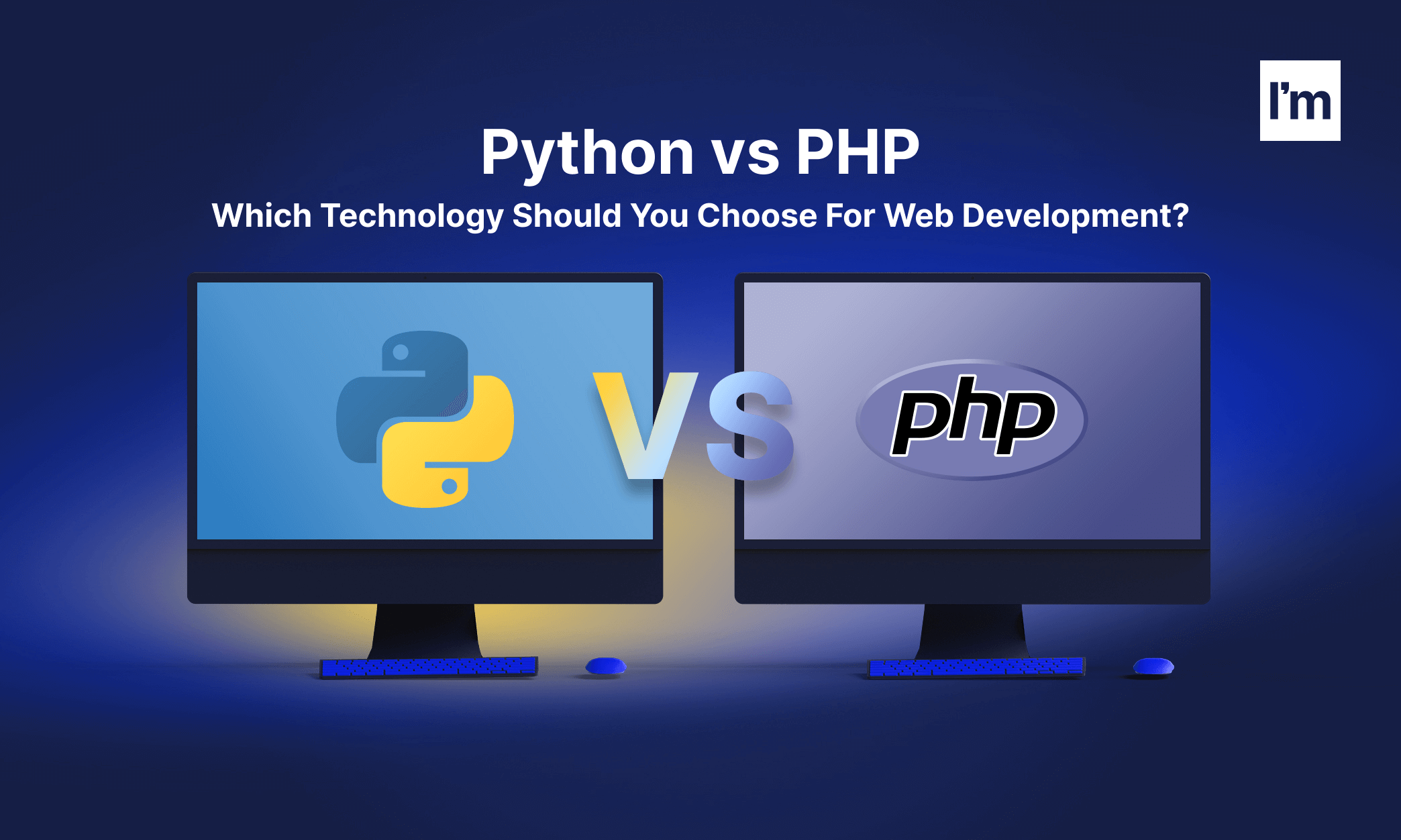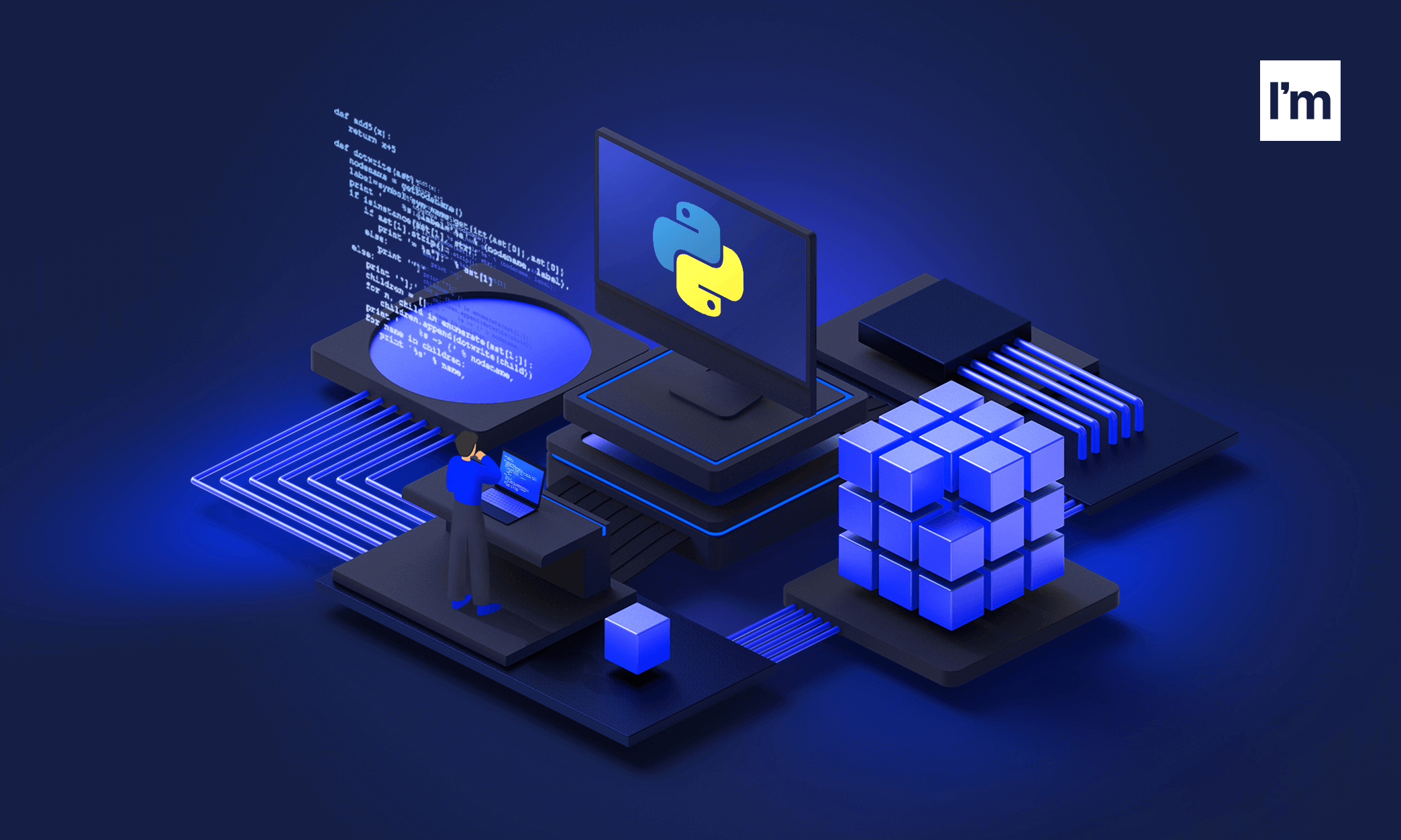The finance industry has vast opportunities for the application of data science. Machine learning and other data analysis technologies have significant commercial potential. And the advent of Python for finance creates even more prospects for data scientists.
Python has become an enterprise favorite as data science operations in finance and fintech have increased. Let's take a closer look at the expanding importance of Python for finance.

What Is Python?
Python is a popular computer programming language used to create apps and websites, automate processes, and analyze data. Also, it is a universal language. It may be used to make various applications as it isn't tailored for any particular issue. Its adaptability and beginner-friendliness have elevated it to the top of the list of programming languages today.
Often, developers fall in love with Python due to its enhanced productivity. The edit-test-debug cycle is rapid because there is no compilation phase. Python programs are simple to debug since a segmentation failure is never caused by a bug or incorrect input. Instead, the interpreter raises an exception when it finds a mistake, and the interpreter produces a stack trace if the application doesn't catch the exception.
A source-level debugger allows you to inspect local and global variables. Plus, it lets you evaluate arbitrary expressions, create breakpoints, and walk through code one line at a time. The debugger is developed in Python, showing the language's analytical capability.
Besides, adding a few print statements to the source code is the fastest way to debug a program. And the short edit-test-debug cycle makes this basic technique quite successful.
Key Features of Python
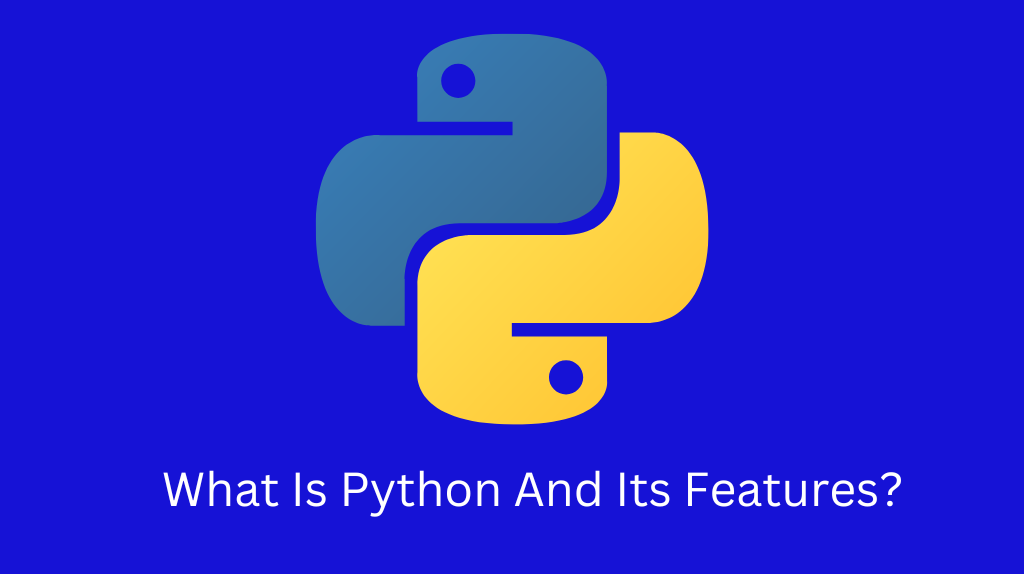
Python is an excellent choice for finance and fintech because of its several features. Here are the most critical features of Python for finance;
1. Flexible and Easy to Use
Python is an excellent choice for managing financial services applications. This is because it is simple to create and deploy financial applications. Also, Python's syntax is straightforward and speeds up development. Thus, businesses can make software or launch new products more rapidly.
In addition, Python lowers the possibility of errors, which is crucial when creating solutions for a highly regulated sector like banking.
2. It's Popular
A thriving community of dedicated developers backs Python. They work on open-source projects, create useful tools, and plan numerous events to spread information about the industry's best practices.
Furthermore, one may join the PySlackers Slack channel or subscribe to the Python Weekly email. Visit the community area of Python.org for official community information. Not to mention websites like RealPython or DjangoGirls, which have communities devoted to teaching and exchanging Python expertise.
You may contribute to the growth of Django, Flask, OpenCV, and many more open-source projects. The open-source community preserves nearly every Python structure.
Also, the widespread recognition of Python as a programming language is growing annually. As a result, finding and hiring skilled Python developers who provide value to fintech or finance projects has become simpler.
3. It Bridges the Gap Between Economics and Data Science
Languages like Matlab and R are less popular among economists, who often use Python to do computations. Python controls the financial sector with ease of use and practicality in generating algorithms and formulae because it is easier to incorporate economists' work into Python-based systems.
Software like scipy, NumPy, and matplotlib makes it possible to do complex financial computations and show the results in a user-friendly format.
4. Rich Ecosystem of Libraries and Tools
Python eliminates the need for designers to develop tools from scratch. Thus, it saves businesses significant time and money on development initiatives.
Furthermore, finance solutions sometimes need interfaces with external parties, which Python modules facilitate. Python gives enterprises a competitive advantage in meeting changing customer requirements by launching products rapidly.
Thanks to its development speed and its array of tools and libraries, integrating with third-party providers such as Truelayer (which provides OpenBanking API access) or Stripe is simple.
5. Building an MVP is Quick and Easy with Python
The financial services industry has to be more flexible and responsive to client needs. Hence, it must provide unique experiences and value-adding supplementary services. Because of this, financial institutions and fintech need a system that is adaptable and scalable. And Python for finance offers just that.
Developers may launch a concept and produce a strong MVP using Python in conjunction with frameworks like Django. Enabling finding a product/market fit quickly. Businesses may add new code elements or modify existing ones after the MVP's validation to produce an ideal product.
The Clearminds platform, created with Python and Django, illustrates how to implement the MVP strategy properly. They now provide investing tools and financial guidance.
Python Strengths From a FinTech Perspective
While JavaScript remains the most widely used programming language across all sectors, Python is fourth. Its prominence and use cases grow even more in the banking and fintech sector.
For instance, on eFinancialCareers, a financial job board, approximately 1,500 available roles need Python expertise or abilities. That surpasses every other programming language. Industry developers have made it evident that they need people who know how to deal with Python.
Leaders in the industry have also embraced the language. Python has been used to develop fintech apps by Bank of America, J.P. Morgan, and Citigroup. Some big investment institutions underline their demand for Python abilities by re-skilling and up-skilling staff in the language.
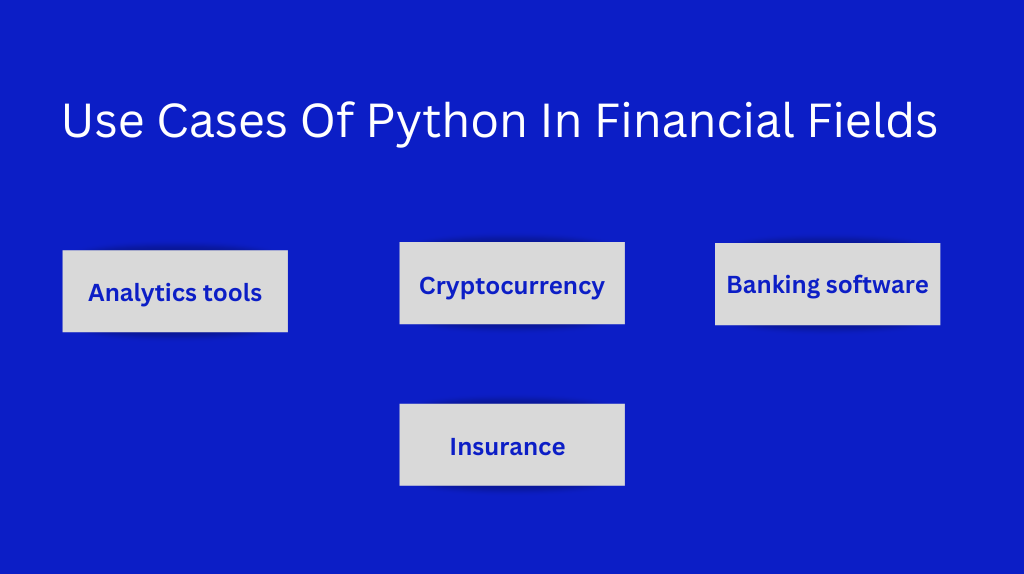
Python is one of the popular programming languages for fintech development in terms of technology. Because of its data visualization frameworks, data science environment, and diverse array of tools and ecosystems, it is extensively used for analytics tools, banking applications, and cryptocurrencies. Let's look at the use cases of Python in finance and fintech.
1. Analytics Tools
Fintech analytics tools assist users in tracking and managing their financial operations. Also, it does analyze big financial data and creates personalized economic activity reports. Banks and other financial organizations may use Python for finance to segment their clients. They could also anticipate customer lifetime value and monitor and optimize customer retention.
A variety of sectors use Fintech analytics tools. The Harvesting system is an excellent example of a data analytics tool. It offers unique credit scoring for farmer finance, monitors farmlands, alerts consumers to repayment problems, and even connects farmers with funding.
Furthermore, Python is an effective data analytics tool due to its vast number of analytics modules and data visualization choices.
2. Cryptocurrency
Python's philosophy emphasizes simplicity. That is one benefit of using it for blockchain. The blockchain can be readily programmed without creating a lot of sophisticated code. Furthermore, Python provides several free libraries for blockchain development that make the development process faster and more efficient.
3. Banking Software
Python is also popular in financial software. It acts as a centralized system that keeps all data regarding client accounts, activities, and other financial transactions. Customers may make online payments remotely using banking software. And banks can automate the majority of their procedures.
In addition, financial institutions use Python for accounting to provide online banking applications and payment systems. Venmo is a fantastic example of a mobile banking application that evolved into a full-fledged social network.
Python is functional for creating ATM software that improves payment processing because of its ease of use and versatility. Venmo, Stripe, Affirm, and Robinhood are examples of such services.
4. Insurance
Insurtech goods are also becoming more popular. Insurance firms may optimize customer journeys using AI, chatbots, and deep data learning at each touchpoint. Nowadays, Insurtech is all about personalization and data analytics.
For instance, an insurance marketplace may employ behavioral science, artificial intelligence, and machine learning to get higher levels of knowledge. It enables its clients to forecast business operations, compute real-time cyber threats, expose risk distributions geographically, and detect fraud throughout the claim process.
Python Use Cases in Machine Learning, Data Analytics, and Enterprise Solutions
As everyone knows, python apps are widely used in the web design world. The programming language is currently one of the most popular, with a strong presence in various sectors. Python's numerous programming applications demonstrate why it is now the most popular programming language among developers. Python's uses range from web programming to machine learning, and it's growing daily.
Let's discuss the best uses of Python in machine learning, data analytics, and enterprise solutions.
1. Machine Learning
Machine learning is all about leveraging data to enable artificial intelligence in machines. It is predicated on finding and profiting from data patterns. The data is extracted, processed, defined, cleaned, organized, and then understood to create intelligent algorithms.
Why would one utilize Python for such complex tasks? The response is straightforward: It's simple to grasp. And Engineers have been able to evaluate various concepts by adding Python to the project execution.
2. Data Analytics
Firms in every sector need employees who can interpret the data collected. Frequently, this entails bringing on Python-savvy data analysts.
Python is a common choice for data analysis tasks. The reason is that it has strong libraries like NumPy and pandas that make data cleaning and analysis manageable even when dealing with enormous datasets. Python libraries can also handle a broad range of other data analytics activities. And it may include web scraping with Beautiful Soup and data visualization with Matplotlib.
Data analysts may quickly develop studies that are simple to repeat or add text and visuals that make their work clear, even to those who lack technical abilities. This is made possible by software tools like Jupyter Notebooks.
Additionally, an e-commerce website may use data analysis to better understand its visitors by using Python for measuring data-driven finances. To examine sales data, identify predicted trends, and identify potential areas of improvement.
3. Enterprise Applications
Python's scalability and security make it suitable for developing complicated and substantial enterprise-level programs. Plus, it enables many database requests at once, hence why it's mainly used for handling databases. Python is an excellent choice for applications because of its critical features, including scalability and readability. Python has a straightforward syntax that is simple to comprehend and makes it simple to read.
However, enterprise apps differ significantly from standard web applications. They are made to meet organizational demands, not those of specific users.
How to Get Started with Python for Finances
Python is a popular programming language for finance because it has a large number of useful libraries for analyzing and manipulating data, as well as for implementing machine learning algorithms. Some of the most commonly used libraries for finance include NumPy, Pandas, and scikit-learn.
To use Python for finance, you must install the necessary libraries on your system. You can install it using the pip package manager, which is included with most Python installations.
After installing the libraries, you can start using Python for finance by loading and analyzing financial data, such as stock prices or financial statements. For example, you can use the Pandas library to load a CSV file containing historical stock data and then use the NumPy library to perform calculations on the data, such as calculating moving averages or generating trading signals.
Additionally, you can use Python to build and train machine learning models for finance, such as using scikit-learn to build a model that can predict stock price movements based on historical data. The models can help create trading strategies or analyze a portfolio's performance.
Overall, Python is a valuable language for finance. With the correct libraries and tools, it can be used to carry out various tasks, from data analysis and visualization to machine learning and algorithmic trading.
Now, I will walk you through some terrific hands-on activities to help you get started with Python for finance. Please note you need basic knowledge of Python to be able to perform this activity.
1. Import Python Libraries
First, you must install the Python libraries that you will be using. The library is a set of techniques and functions that enable you to execute various tasks.
2. Obtain The Data
Second, you must collect all of your transaction data. You can export your transaction data from online banking into a CSV file. But most banks allow you to do this from their app.
If you have many bank accounts or can't retrieve your transaction data from your online banking, use Yolt. With this software, you can access all your accounts in one location and quickly download a CSV file including all of your transactions (within the app, head to the More tab, Privacy Settings, and then tap on Download your information).
Because you want it to be accessible to everyone, irrespective of your financial institution or app, the CSV file you'll use should only have six columns. These entail ID, date, amount, description, merchant, and category. You may even add as many as you like. After this has been done, you are to convert your transaction data to a Pandas DataFrame.
3. Manipulate the Data and Customize the categories for your transactions
Implementing this step allows you to change your data and choose how you wish to handle your transactions. You may remove all rows having a specified string in a specific column with the easy line. Then, repeat the command as many times as you want to remove other rows. After that, define your transaction categories.
After choosing all the transaction groups, you wish to use to manage your finances, find and categorize transactions incorrectly labeled in the DataFrame. This is critical in shaping your final report to best meet your needs.
One method is to identify the rows that contain a given string and assign them to a specific category. For instance, all the rows containing Uber, Zipcar, or Bird should go under the transport category.
4. Draft Your Monthly Report
Step 3 should result in a clean DataFrame with transactions aggregated by the categories that make the most sense to you. Then you are ready to create your monthly report, including three separate charts.
-
Net Worth Over Time Chart
The first chart shows how your Net Worth (Income minus Expenses) changes over time. You can add a column to retrieve the transaction's year and month to create a monthly report. To make the first graph, group the DataFrame by the year-month column you just generated and add a row with the total sums. You can generate a line graph using Net Worth on the Y-axis and Date on the X-axis using the Plotly Go Library.
The second chart will illustrate how your spending changes month after month. This will allow us to see if your monthly expenditure exceeds your budget and compare it to past months. Again group the DataFrame by the year-month column, but only after you've deleted all the transactions labeled as income.
Using the Plotly Express Library, you can generate a bar chart using Expenses on the Y-axis and Dates on the X-axis.
The final chart will show how we spent our funds by breaking it into the categories we identified in Step 3. To do this, we will pivot our DataFrame to get the total costs for a specific month and category. Consequently, we'll make another basic line chart with Expenses on the Y-axis and Dates on the X-axis.
5. Create the Final Dashboard
Now that you've generated three distinct charts displaying your net worth, monthly expenses, and their breakdown, the next step is to integrate them into a single Dash App that will operate on your local laptop.
Conclusion
Python has become a significant language and is extensively used in various areas, including finance. Python's simple programming syntax and incredible ecosystem of tools make it one of the most remarkable technologies for managing the growth of any financial business. Companies like Stripe already use Python successfully, and you can hire our highly vetted Python developers from the Ideamotive marketplace to help your company attain greater heights using Python.
Technology is reshaping the financial industry. New FinTech startups are revolutionizing the market, speeding up the digital transformation of the biggest banking and financial companies. Leverage our experience and make sure you are the frontrunner of the race with state-of-the-art software solutions. Learn how Ideamotive FinTech experts can help you achieve your goals.

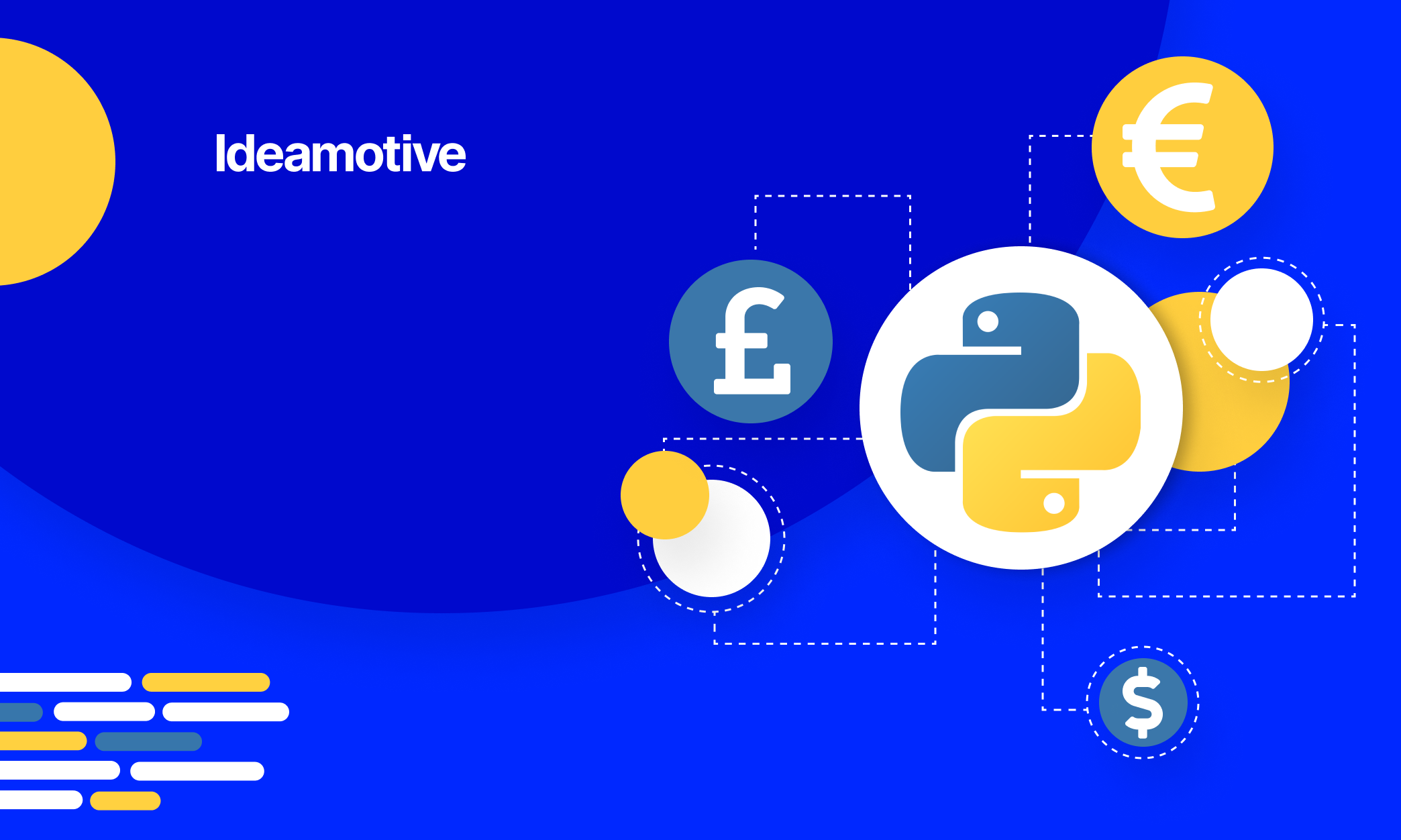






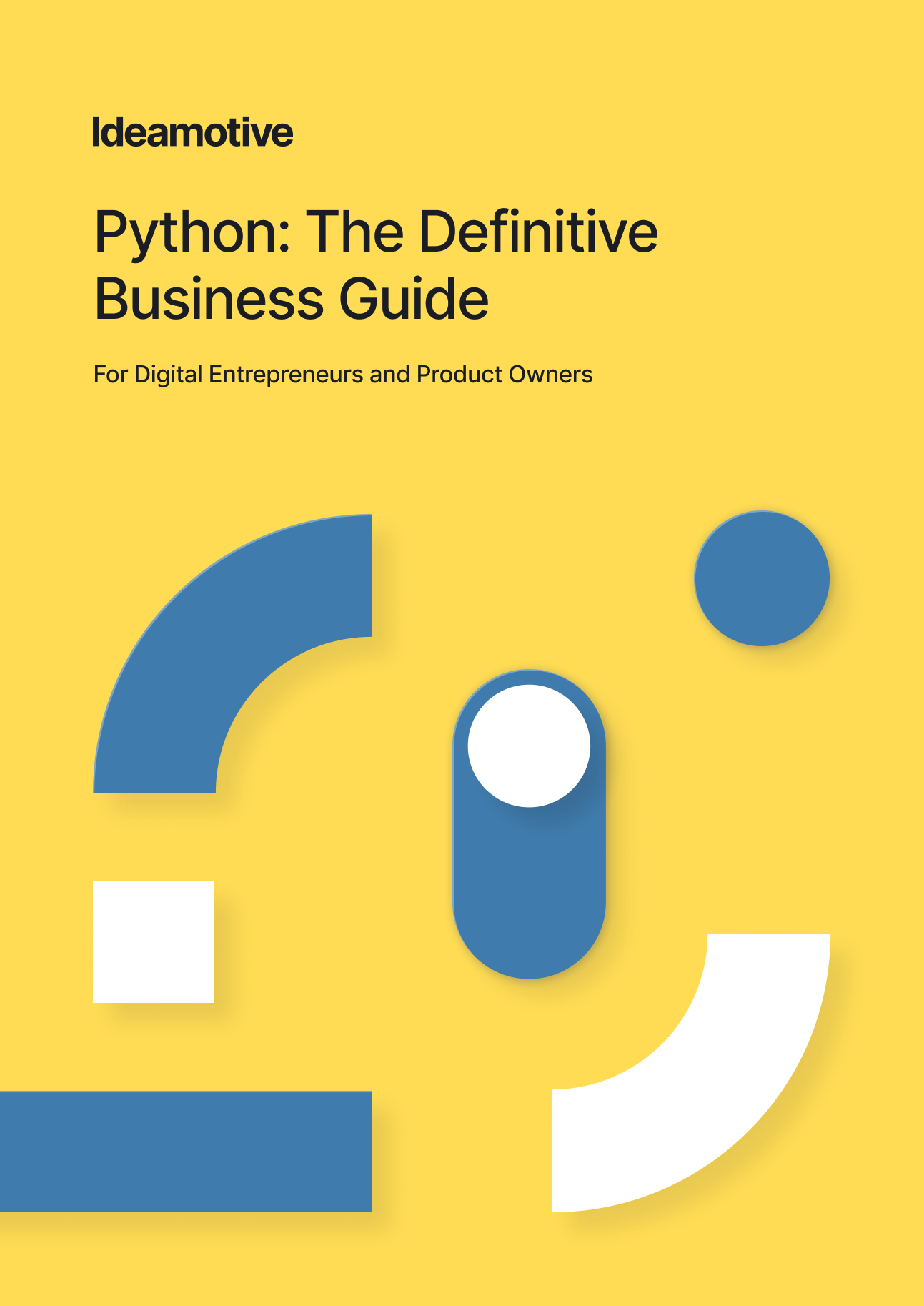

-1.png)
